As summer heat rises and days get longer, many people debate whether to reach for sunscreen or skip it altogether.
Others are reading now
Online misinformation has muddied the waters, leaving confusion around what sunscreen does, how often it’s needed, and which products are safest. Dermatologists say it’s time for a reality check based on science, not social media myths.
What Is Sunscreen, Really?
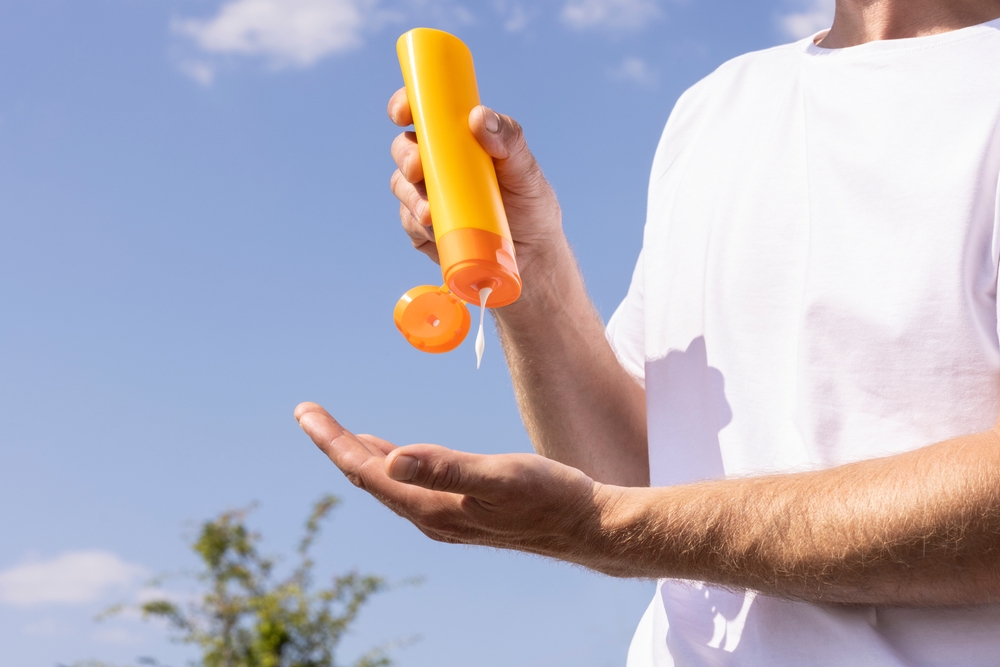
Sunscreen is more than just a beach-day essential. It’s a proven barrier against ultraviolet (UV) rays that can damage skin cells, accelerate aging, and increase cancer risk.
Dermatologists widely agree that sunscreen is one of the most important, yet misunderstood, tools in preventive skin care.
UVA vs. UVB: Know Your Rays

UV radiation comes in two main forms: UVA and UVB. UVB rays cause direct DNA damage, which can trigger mutations and lead to skin cancer.
UVA rays penetrate deeper and are responsible for oxidative stress that contributes to aging, wrinkles, and skin cancers too. Both types of rays are harmful, and both require protection.
Also read
A Brief History of Skin Protection
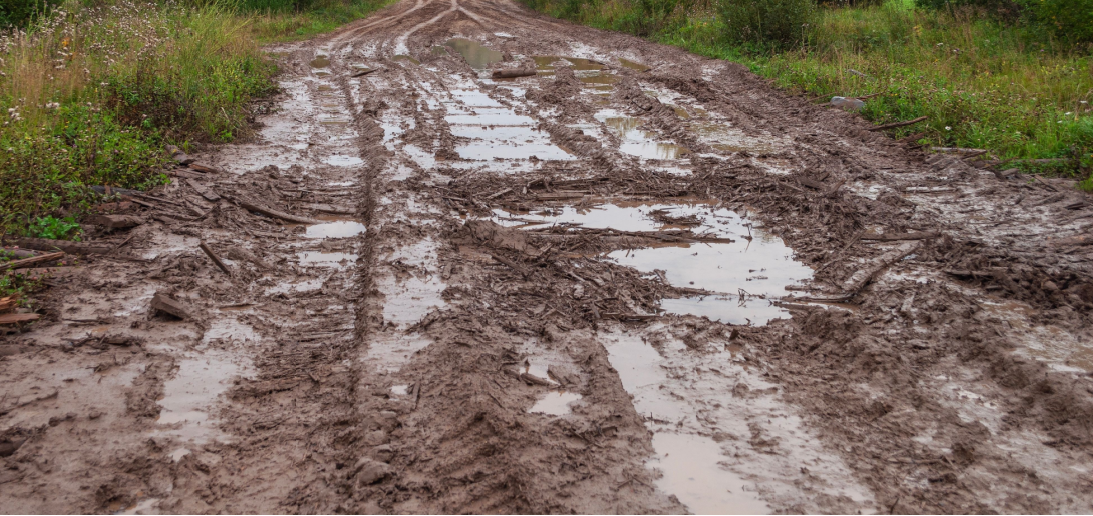
For centuries, humans have used plant oils, mud, and minerals to block the sun. Modern sunscreens evolved in the mid-1900s when chemists developed compounds that could effectively filter UV rays.
Today’s products are either chemical or mineral-based, each working in different ways to protect the skin.
Chemical vs. Mineral Sunscreens

Chemical sunscreens absorb UV radiation and deactivate it in the skin. Ingredients like avobenzone and octocrylene offer broad-spectrum protection.
Mineral sunscreens, using zinc oxide or titanium dioxide, sit on the skin’s surface and deflect rays. Mineral formulas are gentler on sensitive skin but may not block UVA as well as chemical ones.
Ingredient Fears and Misinformation
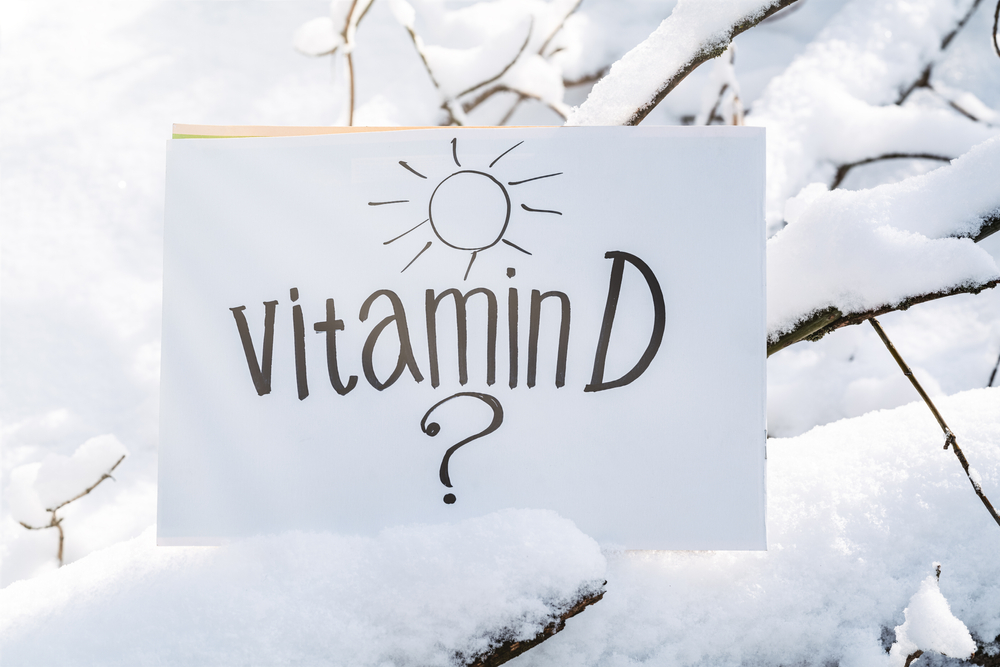
Concerns over hormone disruption, allergic reactions, and vitamin D deficiency have prompted skepticism. However, no human studies have proven that sunscreen ingredients cause hormonal issues.
Also read
Dermatologists acknowledge some preservatives may cause irritation, but they advise fragrance-free, additive-free options for sensitive users.
Sunscreen in the U.S. vs. Abroad

Compared to Europe, the U.S. lags in sunscreen innovation. The FDA’s strict regulations make it harder for newer, more effective filters, like Tinosorb and Mexoryl, to be approved.
In contrast, European products often contain advanced ingredients offering stronger UVA protection.
How Sunscreen Reduces Cancer Risk

Scientific studies show that consistent sunscreen use significantly lowers skin cancer rates. In Australia, daily sunscreen use reduced melanoma cases by 50%.
A Norwegian study showed a 30% lower risk with SPF 15 or higher. Sunscreen also helps prevent other types like squamous and basal cell carcinomas.
Also read
Applying It Right: More Than Just a Dab

Proper application is crucial. Most people use far too little, especially with sprays or thin lotions.
Dermatologists recommend a thick, even layer and reapplication every 2 hours. One 6-oz bottle should only last about two weeks if you’re outside regularly.
SPF Numbers Demystified
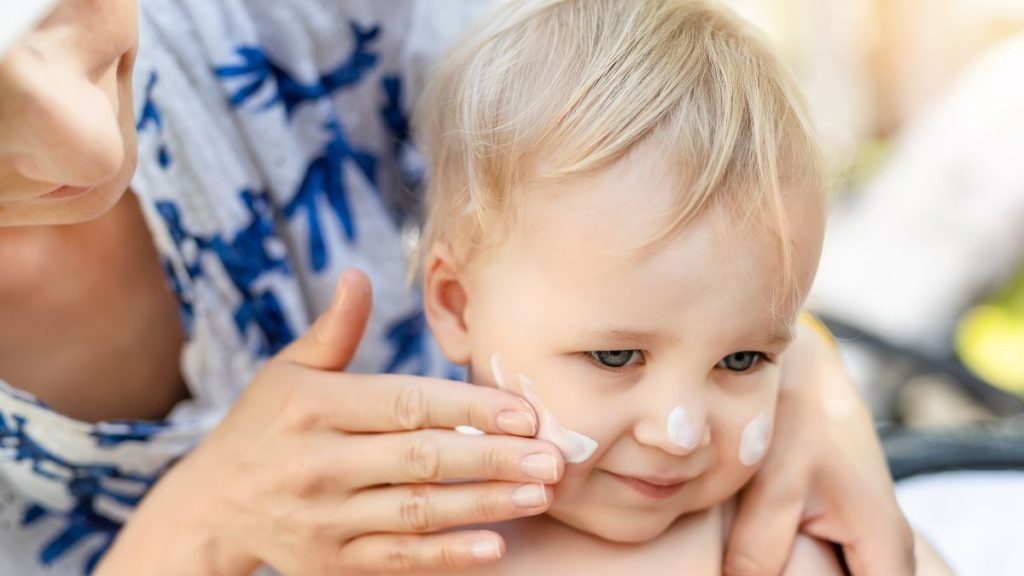
SPF isn’t a linear scale. SPF 15 blocks 93% of UVB rays, SPF 30 blocks 97%, and SPF 50 blocks 98%.
If you tend to apply sunscreen lightly, a higher SPF can help make up for it. But if a lower-SPF product feels better on your skin and you’ll wear it consistently, dermatologists say that’s still a win.
Spray or Cream? Pros and Cons

Spray sunscreens may seem convenient but often leave gaps in coverage. “It’s like painting a wall with a mist instead of a roller,” says dermatologist Joyce Teng, MD.
Also read
She also warns that some sunscreen preservatives can become irritants in sunlight, another reason to check labels carefully.
What About Vitamin D?
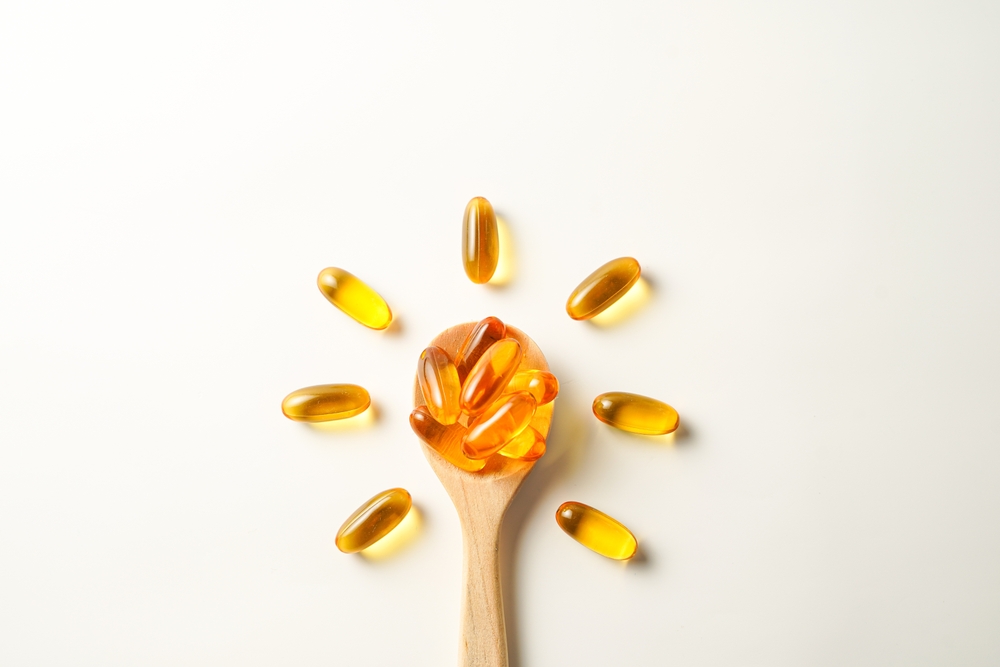
Worried sunscreen might block vitamin D? Experts say not to be.
You still get incidental sunlight exposure, and dietary sources like fortified milk or fish or a simple supplement, are safer and more reliable ways to meet your vitamin D needs without risking UV damage.
Choose the Sunscreen You’ll Actually Use
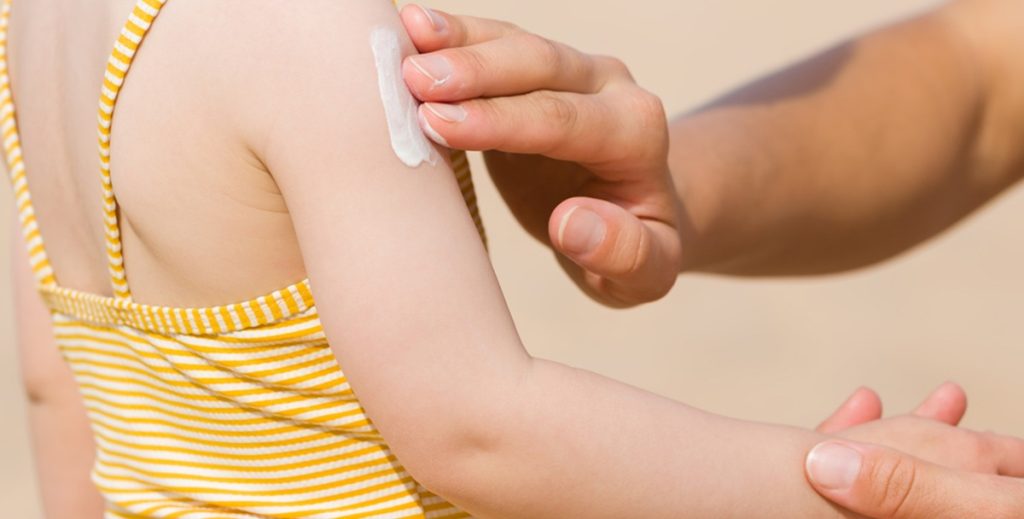
No sunscreen is perfect. It needs to be reapplied, used generously, and paired with shade and protective clothing. But when used properly, it’s a powerful defense against aging and skin cancer.
Whether you prefer chemical or mineral, pick one labeled “broad spectrum”, and make it part of your daily routine.

